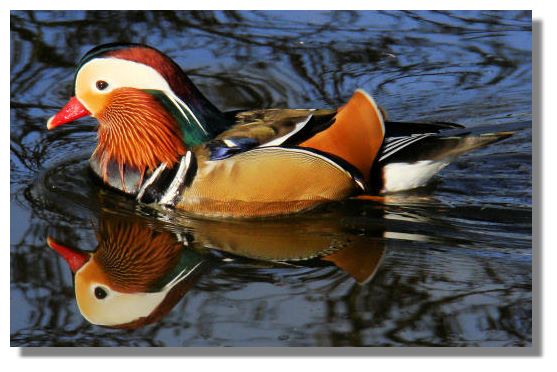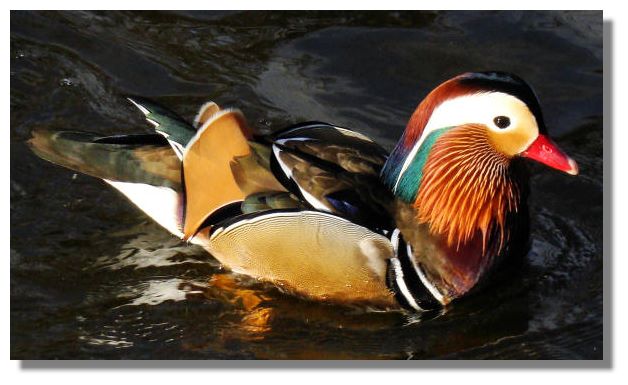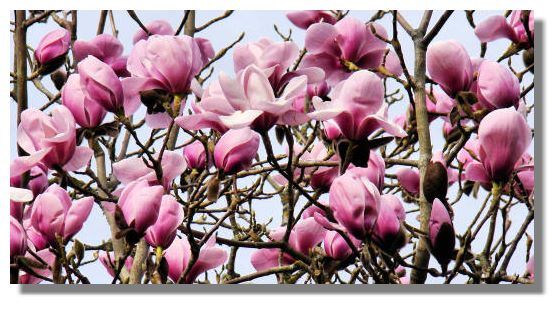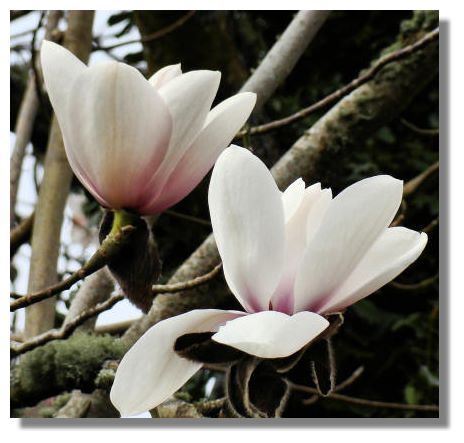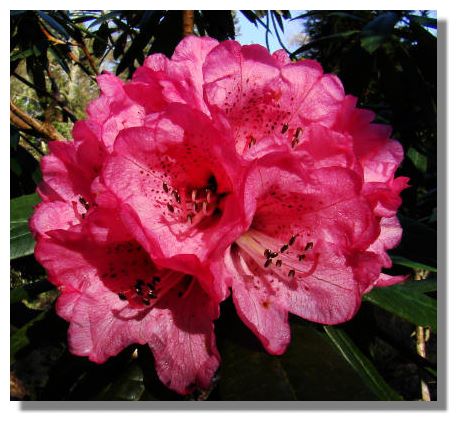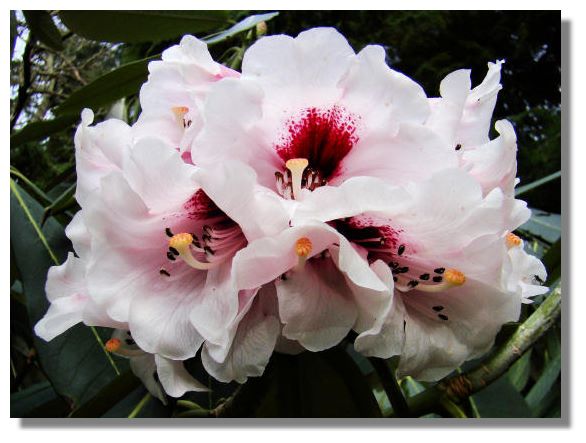The Rampant Scotland Newsletter includes a number of photographs which illustrate the weather and the seasons, plus the flora and fauna of the current week around Scotland. This separate "colour supplement" displays some more pictures, in a larger format. Here is this week's crop of Scottish views!
As its name implies, the Mandarin Duck originated in China. It was introduced into ornamental wildfowl collections in the UK as far back as the 18th century, but over the years many escaped into the wild. There is now an estimated population of 7,000 in Britain - mainly in the south of England, but with a smaller number in Lancashire in the north of England. They are not often seen in Scotland but this one - resplendent in its spring breeding plumage - calls in regularly at the Swan Pond at Culzean Country Park.
If an artist had been given the task of letting his imagination run wild to create the most colourful duck, he would have been hard pushed to equal the colours and design of the Mandarin. Not only has it an amazing colour scheme, its uniquely shaped inner wing feathers form "sails" at the back. Although it is slightly smaller than the numerous Mallards found at Culzean, this particular specimen was a feisty individual and aggressively went after any bread thrown by visitors on the bank. It only deferred to the much larger Swans!
Despite the cold, sometimes frosty weather in recent weeks, the blossoms on the tall Magnolias at Culzean has continued to swell and break out of their velvety covering. Ten days ago, there were only a few glimpses of pink breaking through the buds of this tall Magnolia tree - this week they are covered in blooms. Magnolias often have a strong scent, but at least at the moment the flowers are too high to sniff!
In addition to the pink varieties, Culzean has a number of white Magnolias, with just a blush of pink at the base of the petals. Technically they are not petals but "petal-like" structures known as tepals. Like a number of other spring flowers, they make a more dramatic show because the leaves are not yet out and the flowers are silhouetted on bare branches.
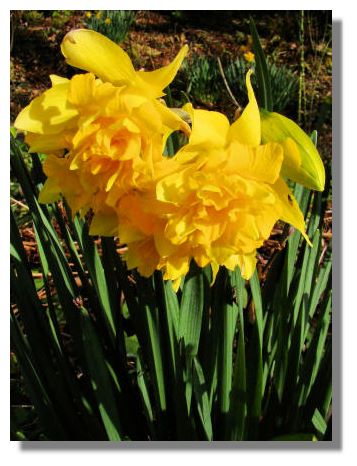
Throughout Culzean Country Park are drifts of different types of daffodils (Narcissus). This double daffodil, with a frilly trumpet, is particularly attractive.
There are nearly 2,000 different varieties of Euphorbia, ranging from tiny annuals to large trees. The "flowers" are actually bracts called "cyathium". This variety is a bush growing in a long flower bed below Culzean Castle. Most of the other plants are grown for their colours in summer or autumn, so this early variety, covered in its bright pom-pom like flowers (each larger than a fist) stood out like a beacon.
We are not yet in the main season for Rhododendron flowers, but Culzean Country Park has a wide variety of these lovely plants, including some that come into bloom early. This deep crimson one grows in the woods, beside one of the many paths that criss-cross the estate. As a result, many visitors to the country park miss out on these.
Modern plant breeders can produce Rhododendrons in every flower colour except true blue and they also blend two or more colours to create flares in the throats of the trumpets. This one is also has particularly large blooms.If you want to look back at earlier editions of this Colour Supplement, there is an Index Page
